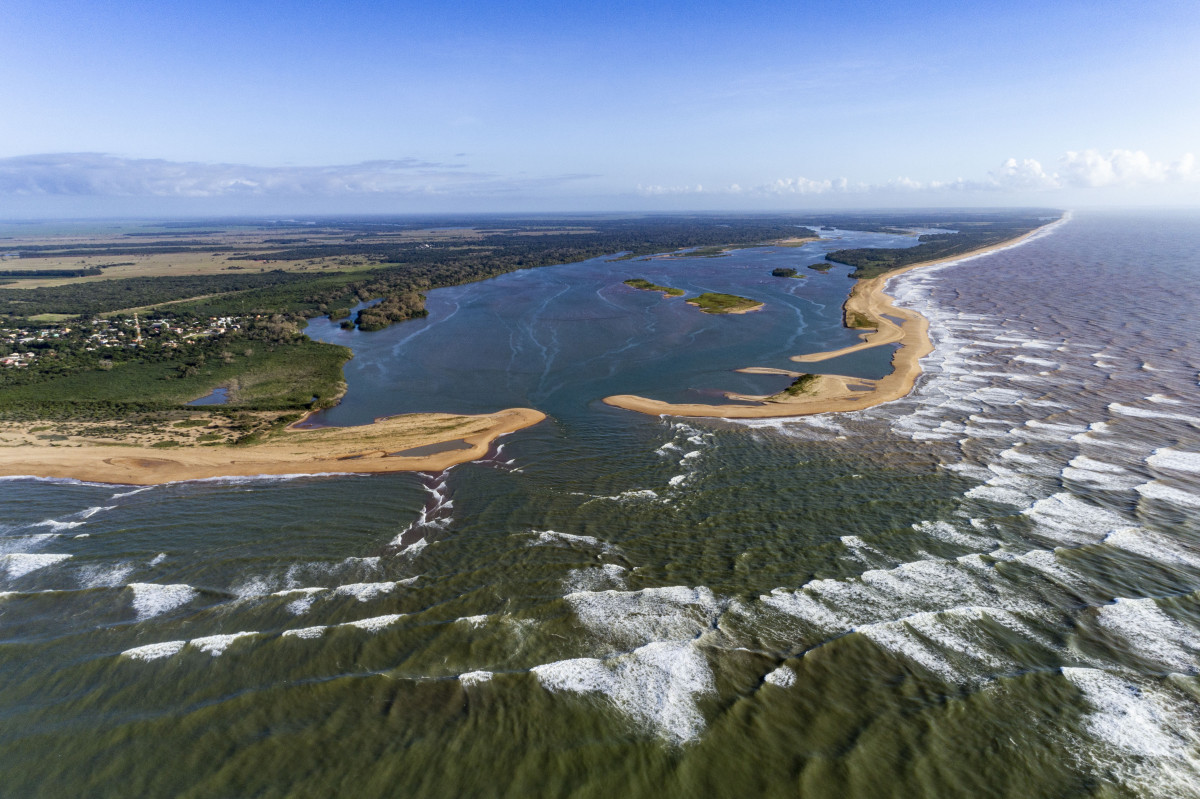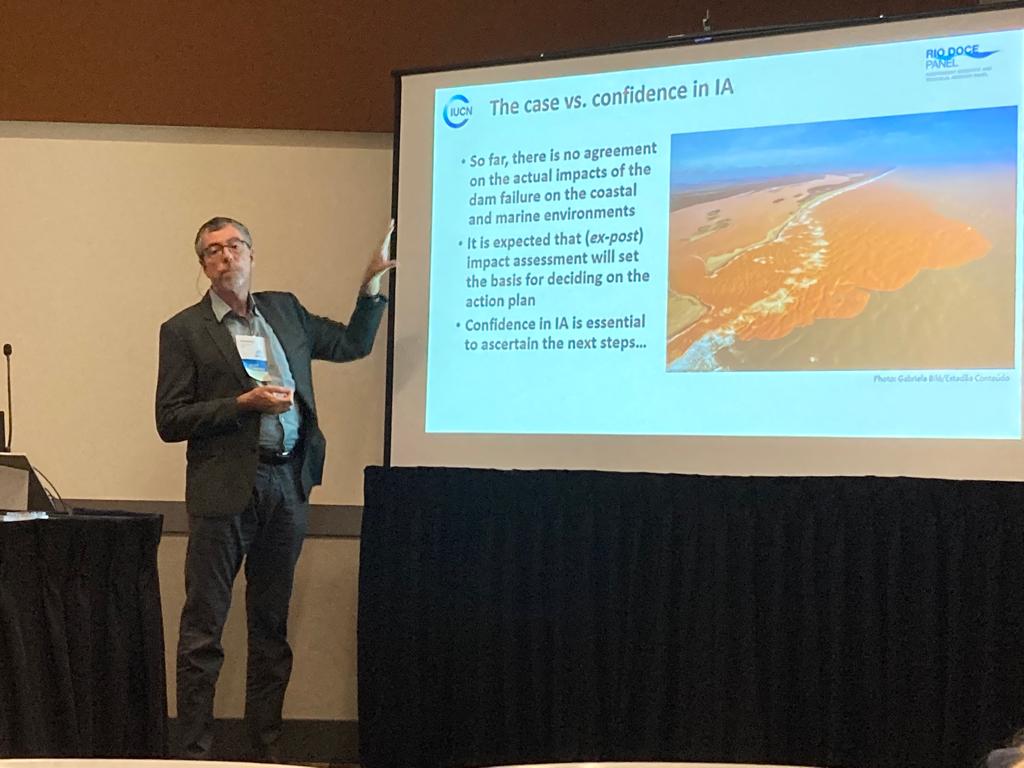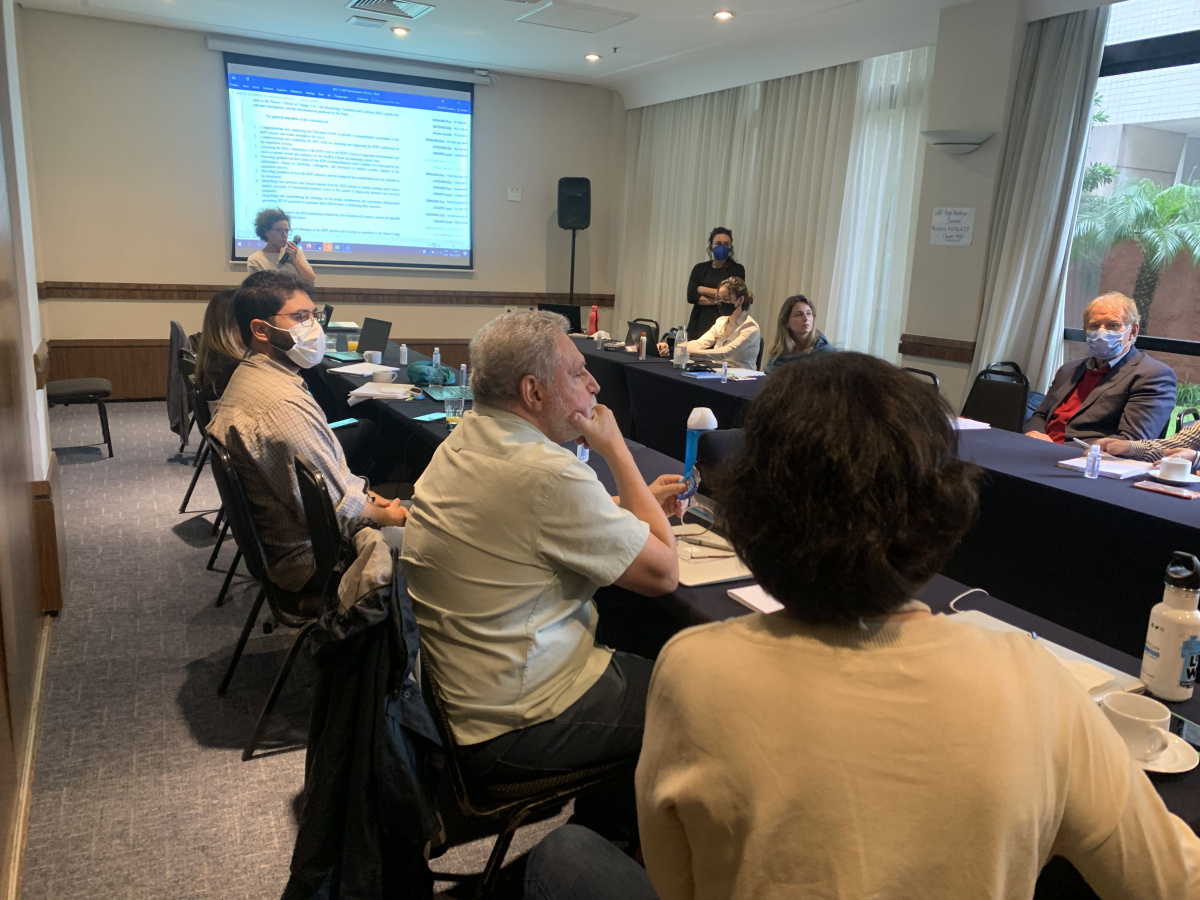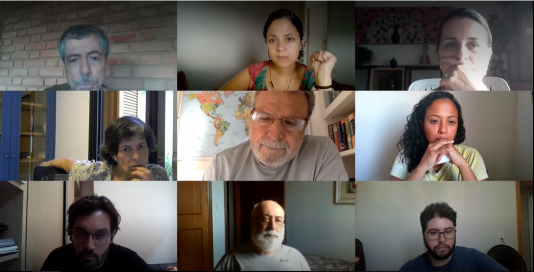Restoration of the Rio Doce Basin depends on an integrated landscape approach from source to sea, says the IUCN Panel of independent experts
A new report by the Rio Doce Panel analyses the watershed's water quality and biodiversity situation and provides pathways towards its restoration.

Photo: Nitro
Brasília, April 13, 2021 - In a new report published yesterday, the Rio Doce Panel recommends the adoption of a more integrated approach for the entire Rio Doce watershed - from the river’s source to the ocean - to restore its biodiversity and water quality affected by the 2015 Fundão tailings dam failure.
The report, Source-to-sea and landscape approaches - Integrating water quality and biodiversity conservation towards the restoration of the Rio Doce watershed, examines the current state of the water quality and biodiversity in the Rio Doce watershed, providing selected published data and information on the chemical and biological quality of the water, and an overview of the terrestrial, freshwater and marine biodiversity. As a result, the Panel recommends that Renova Foundation, the entity responsible for implementing the reparation programmes in the watershed, adopt measures that contribute to a better understanding of their interactions and the region's long-term conservation and recovery.
"In the report, the Panel seeks to address water quality and biodiversity conservation, and how stakeholders can integrate and prioritise these vital elements as part of the restoration process," said Maria Cecília Wey de Brito, a specialist in biodiversity and landscape management and lead author of the study. "There is no way to look at the river without looking at all its elements, relationships, and where it flows."
The Panel's analysis finds that despite the improvements recorded, the water quality in different areas of the Rio Doce watershed, and the sediments in the estuary areas, raise concerns. Studies show that current conditions are still capable of affecting aquatic biota's richness and diversity compared to areas that the tailings have not impacted.
The Panel explains that the Renova Foundation's remedial actions need to consider the entire range of the watershed, including its deltas, estuaries, coastal zones, and the open ocean. It is also essential to consider the processes that occur in the river channel and reflect on the entire watershed's social, economic, cultural and environmental characteristics. Expanding the understanding of different interactions between water quality and biodiversity would help identify and prioritise the most critical issues. Moreover, it would better direct efforts and investments in the medium and long term, bringing immediate benefits for sustainable economic development and ecosystems restoration.
According to Francisco Barbosa, a specialist in freshwater ecology and limnology and member of the Rio Doce Panel, the proposed adoption of the source-to-sea and landscape approaches will transform the collected data into concrete actions. “While the Renova Foundation has collected a lot of information, it is impossible to analyse all of it at once. However, using a source-to-sea approach, complemented with a landscape view, can help the region establish its restoration priorities.”
The Panel presents a review of the integrated approaches already taken by the Renova Foundation in remedial actions that incorporate some aspects of the source-to-sea and landscape approaches and calls for scaled-up in a non-fragmented way to ensure more resilient and sustainable restoration in the long term.
In practice, the Rio Doce Panel report proposes additional coordination among the 42 programmes established under the TTAC legal agreement so that the results positively impact the entire ecosystem. For example, restoration of springs and forests, water and sewage treatment plants, and strengthening of protected areas could bring better results if measures are linked and scaled up in spatial terms. Furthermore, the landscape approach can promote, for example, livelihoods, livestock management and fisheries. This process requires the involvement of watershed committees of the Rio Doce, besides other actors associated with these issues. Together, they can identify synergies and possible conflicts and better negotiate the complementary uses of water.
Yolanda Kakabadse, an Ecuadorian environmentalist and chair of the Rio Doce Panel, stresses that the transition to a combined source-to-sea and landscape approach requires clear goals, participation, collaboration and adaptive capacity management. "The source-to-sea approach provides a common thread for the entire Rio Doce watershed that recognises the interconnections between healthy ecosystems and healthy people. Because the watershed covers such a large and diverse area, it requires a more integrated management approach, and the source-to-sea framework is the starting point for ensuring that the watershed returns to a healthier and more sustainable state than before the disaster occurred."
Convened and managed by IUCN (International Union for Conservation of Nature), the Rio Doce Panel comprises national and international experts who bring together diverse technical expertise, academic qualifications and local knowledge. Among them is the Panel's chair, Yolanda Kakabadse, former Minister of the Environment of Ecuador and former President of IUCN. The lead author is Maria Cecilia Wey de Brito, an expert in landscape and biodiversity management with experience in biodiversity priority areas and sustainable business for protected areas. Ciça Wey represented the Ministry of Environment at the 2008 IUCN World Conservation Congress in Barcelona and more recently contributed to a report on protected areas and other conservation measures by local governments; she has also conducted World Heritage assessments of Sites in Brazil.



